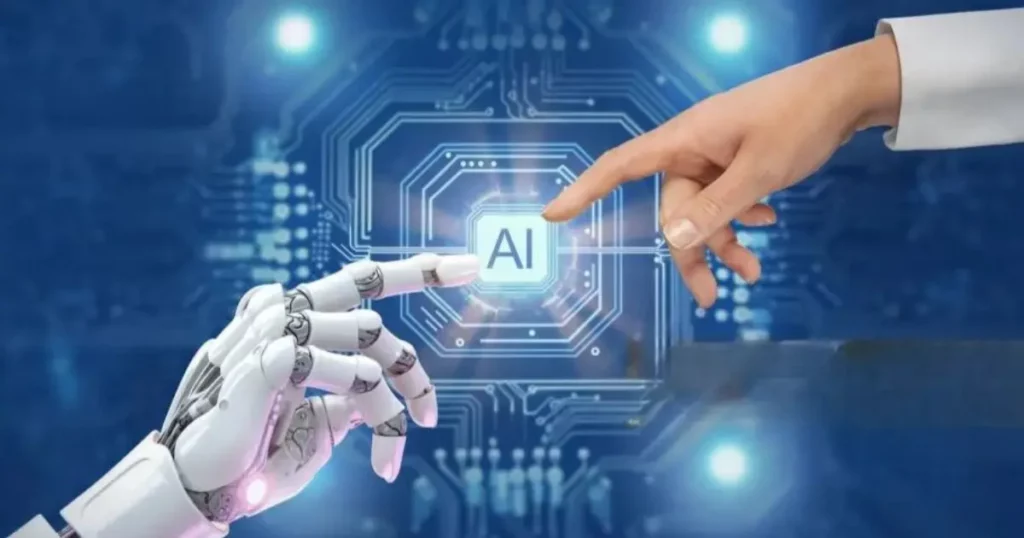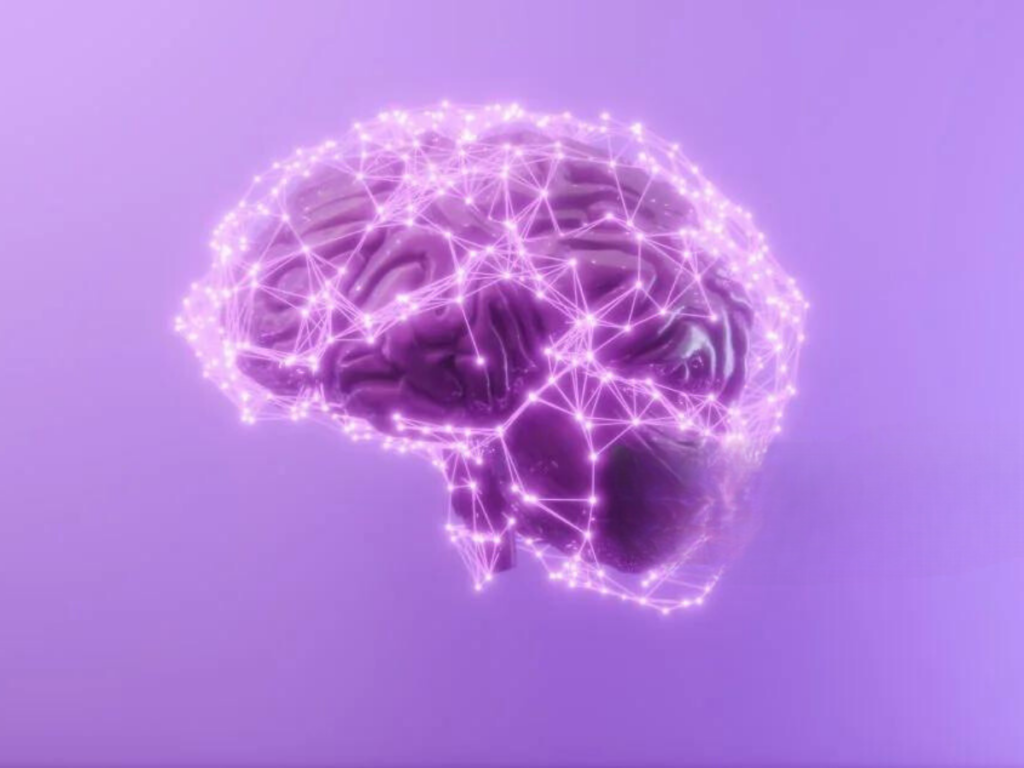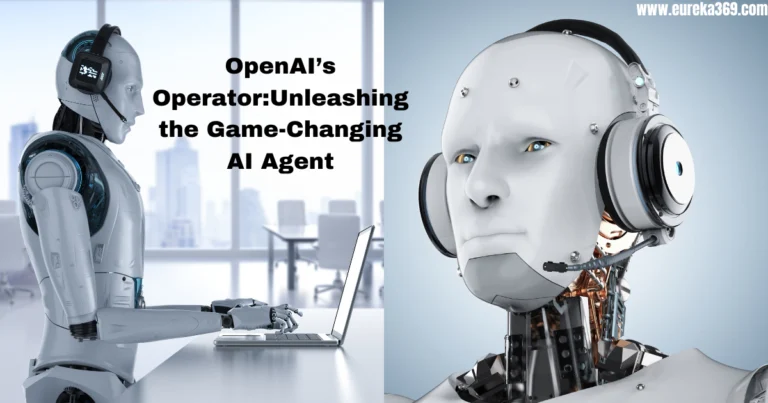
Introduction to AI and Healthcare Equity
Understanding the Digital Divide
This health digital divide mirrors that of those who have access versus those who do not have these digital technologies. It reduces the possibility that currently underserved populations will be able to use newer innovations such as telemedicine, AI-driven diagnostics, and remote monitoring.
Therefore, the question arises that what is the best solution to establish an AI and healthcare equity so everyone could have access to new healthcare innovations regardless of their social and economic status and get benefits from it.
The Potential of AI in Reducing Health Disparities:
AI may worsen many of these current existing health disparities by providing high-quality, individualized health care. From the analysis of multiple data pools, AI works out and reduces the care gaps that hit particularly hard in some underserved communities. With this technology, interventions in the delivery of health are customized at individual and community levels so that they could provide everyone what they need, regardless of their economic class. Moreover, we can also achieve predictive analytics through AI for the early detection of diseases prominent in some areas and populations. Thus leading to better health results as the treatment is applied in advance.
AI-Powered Diagnostics and Predictive Analytics

Leveraging AI for Early Detection and Precision Diagnosis
AI has the potential to revolutionize early detection and precision diagnosis of lots of information within a short period in health care. It will recognize patterns that might be missed by the human eye. Possible opportunities for diagnosis earlier and with a higher frequency than usual that is, more chances to warrant successful treatment. However, precise algorithms individualize diagnoses based on the patient profile, thus increasing the right diagnosis and decreasing the wrong diagnosis of diseases.
Advancing more focused treatment offers life-saving and healthcare cost-reducing advantages. Such AI-driven tools, therefore, provide assistance in proper decision-making among health professionals at the point of care. It ensures that patients have availed of the right care at the right time.
Predicting and Preventing Health Issues in Underserved Populations
Proactive interventions are important in predictive and preventive health problems of the underserved populations. AI and data analytics can pick out the trends in the data for patients that would signal a health risk for individuals. By analyzing the social determinants of health, such as income, education, and access to care. The use of AI can predict the risk of which individuals or communities are at a high risk for this condition of diabetes and/or hypertension and all manner of mental health disorders.
This in turn will leave enough room for healthcare providers to intervene when such a problem is detected before they get worse. Due to which, patient outcomes are refined, healthcare costs decrease, and health disparities in these populations decrease through primary care and early intervention.
Communities need to be engaged in preventing health issues properly. In doing so, health professionals need to work very prominently with community leaders, organization stakeholders, etc., to make such interventions culturally competent and accessible.
The same enables a person to understand how medical information applies to his own health with clear and actionable health information. Mobile clinics, telehealth services, and community health workers have tremendous capacity to deliver care to the individuals who need it most. This comprehensive approach guarantees that prevention strategies are not only equitable in that but also effective in a way they reach those historically underserved.
Telemedicine and Remote Patient Monitoring
Expanding Healthcare Access through AI-Driven Telemedicine
AI-powered telehealth is bound to reshape healthcare by making everything possible to bring the medical services to the clientele base, especially in residential areas that have been underserved. Artificial intelligence enables telemedicine platforms to offer consultations in real time, diagnose conditions, and recommend treatment procedures without necessarily visiting the client.
Since, all these are barriers that go together with geographical isolation, limited access to specialists, and long waiting times. This will easily link a patient with health professionals, even in areas that are remote or in the villages.
Furthermore, AI tools facilitate interactions by treating the data of a patient and support the guide for the action of the clinician in reaching more conclusive diagnoses. This results in a more efficient health system in reaching those who need it most.
AI-powered telemedicine also provides continued care and monitoring of diseases. Based on the health data of a patient, AI could follow up through wearables and remote monitoring systems and alert service providers to critical situations before they escalate further. This makes it possible to significantly reduce cases of hospital readmission and the general outcome for patients.
In addition, such AI-driven telemedicine platforms will offer personalized plans for every patient as per the needs arising. This technology increases access and enhances the quality of care. Which makes healthcare more equitable and effective for everyone.
The Role of AI in Enhancing Remote Patient Care
AI is changing remote patient care to be more personalized and efficient. Real-time monitoring and data analysis through artificial intelligence make it possible for vital signs and abnormalities detected with the aid of a healthcare provider through alerts.
Which can intervene in good time, thereby reducing the need to visit a hospital and provide care to a patient within their home environment. AI-based tools equally foster better communication between the patients and the clinicians, so that concerns are nipped in the bud. AI automates routine activities of professionals to enable them to concentrate on handling complex situations, hence upholding quality care in general.
This is happening because AI is able to reach remote areas and provide essential medical support. Specially those who are facing the condition of inadequately available healthcare. The addition of AI-enabled telemedicine platforms allows for diagnostic and treatment recommendations based on patient data and symptoms.
This not only speeds up the process but also improves the accuracy of the diagnosis significantly. By the analysis of trends in patient data, AI may even predict potential health problems in advance, thus allowing preventive action. In this way, remote patient care is more proactive, as opposed to reactive. Which facilitates good outcomes for patients who may have otherwise found it hard to access timely health care.
Personalized Medicine: Tailoring Treatments:

AI in Developing Customized Treatment Plans
Artificial intelligence is leading the revolution in treatment planning according to the specific needs of patients by health professionals. It can effectively analyze large amounts of patient data to identify patterns that a human clinician might overlook.
Since, it makes diagnoses highly accurate and targets treatments better. AI allows for more precise recommendations, taking into account patient genetics, lifestyle, and past medical history. Customized treatment plans alleviate the burden of the disease and side effects where there is a poor outcome. Thus, achieves personal and effective healthcare.
Hence, it becomes crucial, especially in the case of critical care. Additionally, AI will always be learning from updating any recommendations as new data may arrive. This keeps the treatment plans updated and relevant in such a way that the patient will get the best care possible at any moment.
Managing Chronic Conditions with AI
AI is changing the management of long-term conditions by its ability to provide a tailored-made care plan for each and every patient. Which was lacking in the management and treatment procedure. On analysis of large datasets, AI is able to estimate the progress of a disease course and suggest timely interventions that would aid the health provider in adjusting treatments before the beginning of complications.
It optimized the treatment protocols, as machine learning models recognized a trend in patient behavior and adherence to medications. In addition, AI-driven tools have the upper hand in constant monitoring, thereby keeping the patient in line along the path of care.
AI applications further enhance patient engagement. Wearable devices and mobile apps trace data in real-time with an instant response given to the patient. It enables them to manage their own health. AI is able to warn about possible issues, warning patients and providers for immediate action.
It relieves pressure from the healthcare system by incorporating automation into routine tasks. It can therefore, focus on rendering care that is person-centered. Application of AI manages chronic conditions better and more efficiently with an improvement in quality of life and patients’ outcome.
President Trump’s Stargate Project: A New Era for AI Infrastructure
President Trump recently announced the Stargate Project, which represents a monumental $500 billion initiative aimed at bolstering AI infrastructure in the United States. This ambitious venture is backed by major players including OpenAI, Oracle, and SoftBank, with the goal of establishing extensive data centers to enhance AI capabilities across various sectors.
Furthermore, during a White House briefing, Larry Ellison, co-founder Oracle, discussed plans for an AI-driven cancer vaccine system that could deliver personalized treatments within 48 hours, highlighting the project’s ambitious goals. He stated that,
“We can diagnose cancer using AI through a simple blood test,”
He further explained.
“Once we sequence the genes of that cancer tumor, we can design an mRNA vaccine for each individual robotically using AI in about 48 hours.”
Hence, the Stargate project aims to revolutionize AI infrastructure in the United States. This initiative focuses on building extensive data centers nationwide, creating over 100,000 jobs, positioning the U.S. as a leader in the global AI landscape. Initially, it has been started with a facility in Abilene, Texas, to support advanced AI applications, including healthcare innovations like personalized cancer vaccines.
Overcoming Socioeconomic Barriers with AI
Addressing Social Determinants of Health
It is in the social determinants of health that the remedy for improving the general state of health lies. The social determinants such as income, education, and environment define or shape health. However, we really need to make equal opportunities available. Good education breaks cycles of poverty. Equally good job opportunities translate into healthier lifestyles. Other key drivers are enhancing the condition of housing and the provision of safe water and healthy foods for all. Governments, communities, and health care providers should commit to those things. We can join forces to create environments that sustain healthier lives for everyone.
It is important for the health care system to embed strategies accounting for these social determinants, for example, screening patients for food insecurity or instability in housing. This gives the providers an opportunity to link those who are in need with key resources. Other directly impacting variables involve changes in policies related to the expansion of health coverage and increases in the minimum wage.
This would allow community programs to empower individuals to make better health choices through support and proper education. Technology, particularly AI, can also help in the identification of at-risk populations and the tailoring of interventions. The social determinants of health address not only the therapeutic field of treating diseases but also creating conditions that, from their very origins, prevent disease and favor well-being.
How AI Can Bridge the Gap in Healthcare Access
It could change the face of healthcare access for many of the underserved populations. Immense volumes of data can be analyzed very quickly. This capability allows AI to detect patterns that human providers could miss. For example, AI algorithms may predict superior-risk patients for particular conditions by analyzing the electronic health records of the patients. It can further assist the improvement of telemedicine services since even patients located in far-flung areas will have access to consultation and probably follow-up treatment services without necessarily having to travel miles away.
On the other hand, AI will fast-track the administrative processes, hence reducing waiting times considerably. These systems can be automated in the scheduling of patients, billing, and patient records. We could help support access and equities in health across disparities that exist in current healthcare systems through the use of AI. Check out Top 7 AI examples in Healthcare or watch below:
Ethical Considerations and Digital Health Literacy
Ensuring Fairness and Privacy in AI Applications
The adoption of active measures during the development process can ensure fairness and privacy in AI applications. Hence, the developers need to design algorithms that operate in a bias-agnostic manner.
Models must be trained on rich, diverse, and representative datasets. Regular audits for fairness will underline the pitfalls and shortcomings and rectify them. Transparency assumes equal importance. Transparent explanations of how AI decisions are made provide trust and accountability. Fairness in the design process will make AI fair to all users.
Privacy is another problem that is incorporated along with the uses of AI. Personal information must be protected to its maximum level. Security of private information is dependent on encrypted data so that unauthorized people do not receive their information. Data anonymization techniques help to limit the risk in cases of large datasets.
Data breaches can be avoided with periodical security checks. Moreover, users must be given the provision to control their data or the way their data is controlled. With privacy, AI systems can keep their personal data protected, as it can thus be safely supplied with the insights that can be valuable.
Promoting digital health literacy in underserved communities
This means promoting digital health literacy among the underserved communities and populations. People exiting underserved communities usually have basic digital literacy. Hence affecting their capacity to access or use health information online. The approach to this includes the implementation of specific educational programs. It must focus on the delivery of fundamental basic digital competences: how to use their smartphones and how to navigate, in general, websites addressing health matters. This would make hands-on training available, and people could access the training wherever they are.
Furthermore, such efforts could also be boosted through local partnerships. Community centers, libraries, and schools can house digital health education activities. Given existing trust levels with institutions. Such outreach works well. Offering resources like free internet and tools can also bridge the gap. The convergence of education and pragmatic support empowers the individual toward health. Through greater digital health literacy, these communities will be literate enough to take care of health and critical services.
Final Thought
In my view, the potential of AI brings about major changes in the healthcare sector but it can only work if we focus on eliminating the digital divide. AI’s potential to bridge the gap and improving health results will only be possible if we ensure that everyone has access to the required technological resources and digital literacy.
The focus on developing equally accountable AI systems and digital infrastructure so that everyone could enjoy AI healthcare. We should be the ones who determine what developments are needed. What strategies should we adopt to deploy it in various communities. Then, we will be in a position to change the healthcare industry for the better. Thus it will become more inclusive and efficient.
Also check out Brain-Computer Interface: Neuralink is Bridging Brains and Bytes
Citations
- https://www.ncbi.nlm.nih.gov/pmc/articles/PMC8285156/
- https://www.techtarget.com/healthtechanalytics/resources/Artificial-intelligence-in-healthcare
- https://vinbrain.net/artificial-intelligence-ai-in-healthcare-applications-of-2024
- https://www.undp.org/digital/ai?gad_source=1&gclid=EAIaIQobChMIvu-ljtSSiAMVZJGDBx0sZyunEAAYAiAAEgI1YPD_BwE
- https://www.path.org/our-impact/articles/the-power-of-ai-for-health-equity/?utm_source=google&utm_medium=paid&utm_campaign=article
-
[…] might want to read about AI and Healthcare Equity: Forging the Digital Divide, as well. This health digital divide mirrors that of those who have […]
-
[…] about how AI is transforming the methods of diagnosis and treatments in healthcare sector. Read on: AI and Healthcare Equity: Forging the Digital […]



Leave a Reply